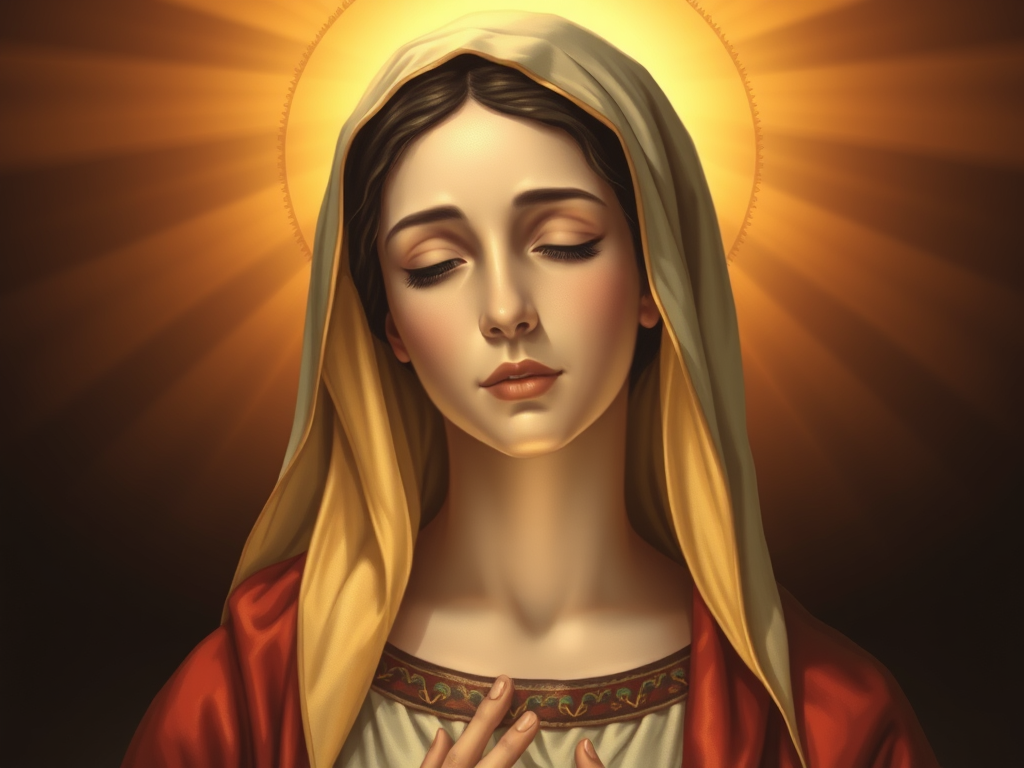The division between Protestantism and Catholicism, stemming from the events of the 16th-century Reformation, has shaped the landscape of Christianity for centuries.
While both traditions share core beliefs in the divinity of Jesus Christ and the authority of the Bible, significant theological, doctrinal, and ecclesiastical differences distinguish them. Here, we delve into critical aspects highlighting the contrast between Protestantism and Catholicism.
1. Authority and Tradition:
One of the fundamental divergences lies in understanding authority within the Church. The Catholic Church places authority in a dual structure—the Bible and Sacred Tradition.
Sacred Tradition encompasses teachings passed down orally and through traditions and the Holy Scriptures.
In contrast, Protestants adhere to sola scriptura, emphasising the Bible as the sole authority for faith and practice, ignoring Church tradition that has been handed down since the days of Christ.
This foundational difference in the sources of authority has profound implications for theological interpretation and doctrinal development.

2. The Doctrine of Justification:
The doctrine of Justification, a central theme in the Reformation, underscores another significant distinction.
Martin Luther, a key figure in the Protestant Reformation, emphasized the concept of Justification by faith alone (sola fide). Although Scripture does not attest to sola scriptura, Luther develops these from his point of view.
Luther asserts that individuals are justified before God solely through faith in Jesus Christ, not their works.
While affirming faith, Catholicism also incorporates the role of good works in the justification process, drawing from robust Scriptural evidence accepted by the Council of Trent.
3. Sacraments:
The understanding and number of sacraments represent a notable difference between the two traditions.
Catholicism recognises seven sacraments—Baptism, Confirmation, Eucharist, Reconciliation, Anointing of the Sick, Holy Orders, and Matrimony. Each sacrament is considered a visible sign of God’s grace.
Generally, Protestant denominations, on the other hand, often acknowledge two sacraments, Baptism and Communion (Lord’s Supper or Eucharist), being the most widely recognized. The emphasis on sacraments varies, with some Protestant groups viewing them as symbolic acts rather than conduits of salvific grace.

4. Eucharistic Theology:
The understanding of the Eucharist, a central sacrament, diverges significantly. Catholicism teaches transubstantiation—the belief that, during the Mass, the bread and wine become the actual body and blood of Christ. This is a mystical transformation, maintaining the appearance of bread and wine. This is why the Eucharist is central to worship and celebrated every time the faithful meet.
In many Protestant traditions, the Eucharist is viewed as a purely symbolic memorial, commemorating Christ’s sacrifice but not involving a literal transformation of the elements. For this reason, the Eucharist has lost its importance, with some only celebrating it once a month or once a year.
5. Ecclesiastical Structure:
The organisational structure of the Church also marks a distinction. Catholicism operates within a hierarchical structure led by the Pope, considered the Vicar of Christ and the supreme authority in matters of faith and morals. The Pope governs the Church through cardinals, bishops and priests.
In contrast, Protestantism exhibits a variety of ecclesiastical structures. Some denominations, like Anglicanism and Lutheranism, maintain episcopal structures with bishops, while others, like many Baptist and Presbyterian traditions, have congregational or Presbyterian forms of governance.
6. Mariology and Saints:
The veneration of Mary and the saints is a characteristic feature of Catholic devotion. Mary holds a special place as the Mother of God, and the intercession of saints is sought for prayers.
Protestants, while recognising Mary’s role in the nativity, generally refrain from the level of veneration accorded in Catholicism. Many Protestant traditions emphasize direct access to God through Christ, without the need for intermediary intercession by saints.
7. View on Purgatory:
Catholicism introduces the concept of purgatory—a state where holy souls undergo purification before entering heaven. Purgatory is not eternal; prayers and Masses for the dead are believed to assist souls in this process.
Protestantism, by and large, rejects the notion of purgatory, emphasising instead the immediate destination of the soul to either heaven or hell based on faith in Christ alone.

8. The Role of Mary
Catholicism attributes a unique role to Mary as the “Mother of God” and “Co-Redemptrix.”
Protestants, while respecting Mary’s role in the nativity, often do not subscribe to the elevated titles and doctrines attributed to her in Catholicism.
9.Papal Infallibility:
Additionally, the Catholic Church holds the doctrine of papal infallibility, asserting that the Pope is preserved from error when pronouncing matters of faith and morals ex-cathedra (from the chair of Peter).
The concept of papal infallibility is a point of contention and even a misunderstanding by protestants. Many Protestant traditions reject the idea of St Peter and his successors as a single, infallible human authority in matters of faith.
I HOPE THIS ARTICLE HAS BEEN OF INTEREST TO YOU
The differences between Protestantism and Catholicism are nuanced and multifaceted, encompassing theological, doctrinal, and ecclesiastical distinctions.
While both traditions share a common Christian heritage, the Reformation and subsequent developments have given rise to diverse expressions of faith.
Acknowledging these differences fosters understanding and respectful dialogue, allowing believers from both traditions to engage in meaningful conversations about their shared faith in Jesus Christ while respecting the unique characteristics that define their respective expressions of Christianity.
Remember that Jesus Loves You.
If you are struggling to find non-judgmental advice or support, please feel free to contact me. If you are grieving and need to talk or seek spiritual help, drop me an email to chat with me.
In the comments section, I would love for you to share your faith stories and comments with this community.
We seek to foster a sense of community. All blog posts are there for your encouragement and for you to share with others. You will find various topics relevant to faith and wellness in everyday life.

Thanks for your Visit Here, feel free to leave a comment 💟